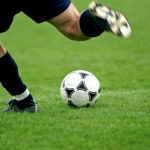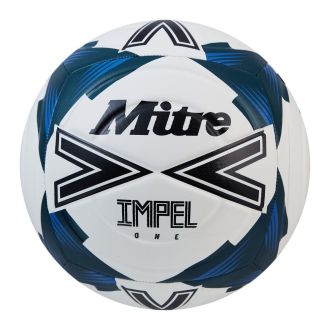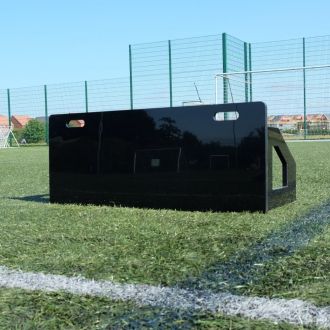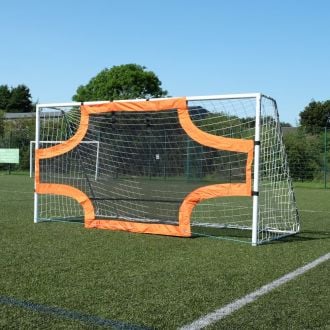How to Improve Ball Control with Your Weaker Foot
The ability to use both feet during the cut and thrust of a football match can give you options. Whether you are trying to fashion a chance for a colleague, bring the ball under control or shoot for goal, the ability to use your weaker foot can often be the difference between success and failure. Although very few people are naturally two-footed, practice and repetition should eventually allow you to call upon your weaker foot with confidence.
The basics of training your weaker foot
Imagine your yourself shooting with your natural foot. Imagine the shape your body takes, and how relaxed you are when contact is made. You need to replicate this action, which takes a great deal of practice.
The body’s natural reaction when attempting to strike the ball with the weaker foot is often to tense up and lose control. You need to fight this reaction, so make sure you remain loose and relaxed. Strike the ball from a slight angle, and lean in towards the foot that will support your weight when you strike the ball. You standing foot should be planted by the ball, and your toes should be pointing to your target. Your kicking leg should swing behind your body while maintaining a ‘v’ shape, and you should aim to straighten your knee at the moment of impact before following through.
Now, this all sounds quite standard, but in order to train your weaker foot, you need to break down the simple shot into its component parts. Once you have done that, practice and repetition will gradually improve your game.
Practice drills for training your weaker foot
Whether you are working alone or as part of a group, there are some simple drills you can use to improve your weaker foot over time.
Ball juggling
Bounce a ball once and then start to juggle using the laces of your boots. At first, concentrate on keeping the ball up with just your weaker foot. However, as you become more proficient, try to use alternate feet and the tops of your knees. This will get you used to switching naturally between feet without thinking about it.
Shooting
Use a small target - perhaps a training cone - to give yourself a real challenge. Start by working on technique rather than power. Your aim should be to shoot with a natural flow and shape to your body, so experiment with standing positions and the shape your weaker foot takes. Pay attention to how the ball moves; if you can get swerve on a ball with your natural foot, you should aim to do exactly the same with your weaker foot. Once you have mastered technique, start increasing the power of your shots.
Ball control
Set up a course with slalom poles at 5-yard intervals. Using only your weaker foot, use both the inside and outside of your foot to weave between the poles as quickly as you can.
Passing
Use a wall or rebounder to practise passing with your weaker foot. Experiment with your body shape and standing foot position at first. Begin by giving yourself one touch to control the ball before passing. However, you should aim for one-touch passing with rhythm and control within a few weeks.
Ball trapping
Throw the ball high into the air, and attempt to bring it under control using only the toes of your weaker foot. You should aim to cushion the ball to a standstill on the ground in one, smooth motion. As your skill improves, use a wall or rebounder, and build up the speed of the ball you’re trapping.
Match practice
No coach is going to want you practising weaker foot ball control during a competitive match. However, ask your coach if you can practise during a training match. Your goal should be to switch effortlessly between both feet during real match situations. But you will never do that if you never get the opportunity to practise. During training, aim to take at least three touches with your weaker foot to every one touch you take with your natural foot.
If you have relied on your natural foot for many years, there is a chance that your kicking leg will need some extra conditioning. This is because you will have been constantly using your weaker leg to support your weight when passing, shooting and controlling the ball. It is therefore a good idea to use strength and resistance equipment throughout a season to ensure your lower-body strength is prepared for using both feet effectively.
If you can train your weaker foot properly, you will undoubtedly become a significantly better footballer. Practice, repetition and a lot of patience should pay off if you’re determined to become a two-footed player





